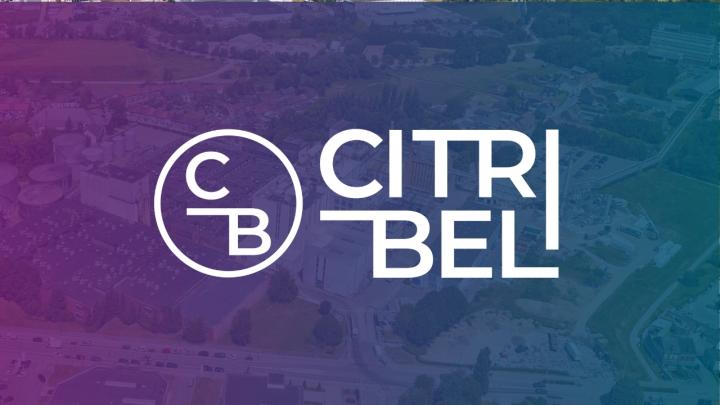Technology review: Workplace Platform Solutions (WPS)
Technology review: Workplace Platform Solutions (WPS)
ITcheckers
Structural automation is central to new, hardware-free implementation of WpaaS.
Creation date :
With Workplace as a Service (WpaaS), we have been offering our customers an attractive flex formula for the expansion and management of their digital work environment for several years. In addition to various managed services, this offer has so far always included the hardware itself. “WPS, or Workplace Platform Solutions, is changing this,” says Stijn Soens, Enterprise Technology Architect at Inetum. In this role, he focuses on complex optimizing and change processes based on managed services.
"More and more organizations are turning to an external supplier of workplace devices with the associated support services," notes Soens. These services range from configuring to managing, monitoring and securing both fixed and mobile devices. "They are typically tasks that organizations don’t consider a core activity. As a result, they are also less likely to allocate their own necessary people and resources to them, if they can even find those people at all, because the shortage of qualified IT personnel in our labor market remains unabated."
WpaaS in Practice
With Workplace as a Service (WpaaS), we have successfully responded to this growing demand for managed workplace services in recent years. The essence of our WpaaS offer is that it relieves our customers of the hassle of managing and maintaining their workplace and expanding their entire digital workplace. This compliance is an absolute necessity for those who embrace the zero trust concept as a proactive approach to security.
“Yet we found that the linking of hardware purchase or leasing to a service package was an obstacle for some customers,” says Soens. "Some were also simply unable because they still had contractual obligations to their existing hardware supplier."
Rigid Processes
To unburden these customers, we are now unpacking a new model for delivering managed workplace services: Workplace Platform Solutions or WPS for short. This allows us to separate the hardware from our services. The added flexibility this provides is an important advantage for both us and our customers.
As Soens knows from experience: “This degree of flexibility is hard to achieve in a classic service model. A traditional service desk like this is very process-oriented and often based on ITSM frameworks such as ITIL. As a result, you will pretty quickly run into cumbersome, rigid processes. You can apply these relatively easily in a stable, low-fluctuation data center environment, but in a rapidly evolving modern cloud environment like Microsoft Intune, it's a whole different story. Such an environment requires a more agile or flexible service model and an iterative implementation process to smoothly implement managed workplace services, especially if you also want to integrate additional services, such as software updates or user experience monitoring into your traditional service desk."
Faster Customized Service
But that’s not all. "A traditional service desk like this is also very impersonal, while we want to guarantee our customers a more personalized service. This means, among other things, that we take into account the specific environment in which they operate," Soens explains. "It also allows us to find solutions in a more focused and timely manner, even if the questions are sometimes indirectly related to the digital workplace.”
That is why we will be working with dedicated customer teams. Thus, customers will not only be able to capitalize on our rich expertise – we have previously solved most of the problems you are experiencing for the first time – but also on the improved responsiveness provided by working with smaller knowledge teams for a limited number of customers. “We also aim for a single point of contact in the form of a specific Service Delivery Manager (SDM) for managed workplace services,” emphasizes Soens. “This SDM must be responsible for the daily follow-up of workplace management and manage it in a very targeted way.”
Structural Automation is the Future
Where we really want to make a difference is in the degree and nature of automation we add to our managed workplace services. We are aiming for extensive, and above all structural, automation. "The idea behind WPS is that in the future, the logging and remediation of security events and incidents, for example, can take place automatically. Ideally, this should be done proactively rather than simply reactively," explains Soens. “In combination with self-service capabilities, this structural automation should eventually allow workplace users to deploy AI tools to automatically search for and install new software, for example.”
WPS Offers Clear Added Value
“WPS not only makes it easier to deliver and use WpaaS, but it is also a springboard to more services than just managing workstation devices, for example. In particular, I’m thinking of the expansion to other managed services such as Microsoft 365 and Teams Calling. As a result, we can effectively speak of a Platform Solution here. Finally, WPS also allows us to provide you with even better guidance in automating and optimizing your digital work environment. In that sense, it’s not only a springboard to more, but also to better," concludes Soens.
Want to learn more about WPS? Please feel free to contact us: info.belgium@inetum.com or +32 2 801 55 55.


